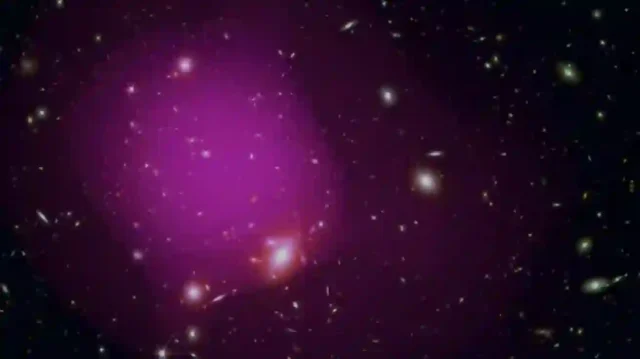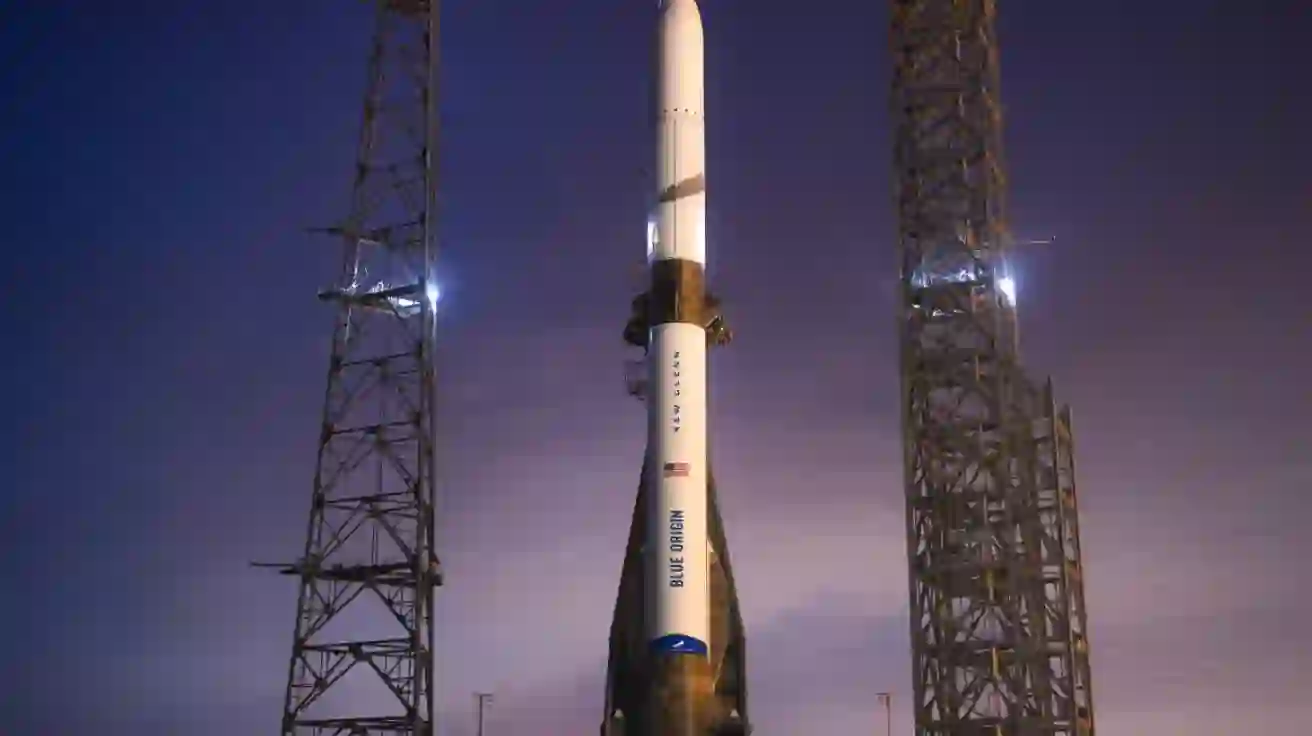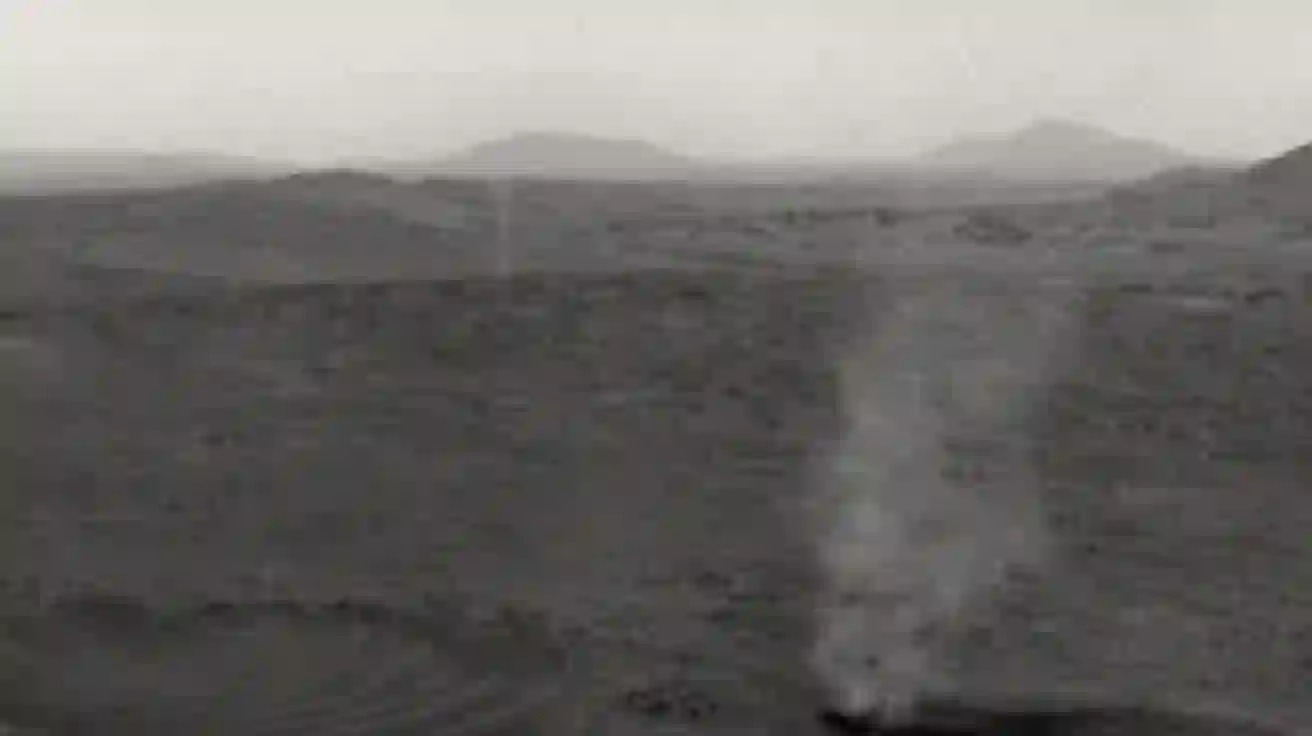A groundbreaking study led by an international team of astronomers has unveiled the largest collection of galaxy groups ever observed, using data from the James Webb Space Telescope (JWST). This significant achievement provides an unparalleled glimpse into the formation, evolution, and structure of galaxies, and marks a major milestone in the field of extragalactic astronomy.
The team’s findings, which focus on a region of the sky known as COSMOS Web, push the boundaries of our understanding by looking back over 12 billion years in cosmic history. These observations capture the universe during its youth—long before Earth came into existence—and offer crucial insights into the early stages of galaxy formation.
The newly compiled catalog of galaxy groups will soon be published in the journal Astronomy and Astrophysics. It features nearly 1,700 galaxy groups, with the most distant reaching over 12 billion light years away. This means the light from these galaxies began its journey when the universe was only a fraction of its current age. One particularly stunning image of a galaxy cluster, more than 6 billion light years away, will be highlighted by the European Space Agency (ESA) as its “Picture of the Month” on April 29.
“This data allows us to peer into the dawn of galaxies,” says Ghassem Gozaliasl from Aalto University, the lead researcher behind the study. “For the first time, we’ve detected 1,678 galaxy groups or proto-clusters—the largest and deepest sample ever recorded—using the James Webb Space Telescope. This discovery provides us with an incredible opportunity to study how galaxies evolve in these large, clustered environments over the past 12 billion years.”
The James Webb Space Telescope, which began its mission in 2022, is the largest and most powerful telescope ever launched into space. With its unmatched resolution and sensitivity, JWST has enabled astronomers to look farther into the universe and capture more detailed images than ever before. Because light from distant galaxies takes billions of years to reach us, these observations allow astronomers to view galaxies as they existed in the past, offering a snapshot of the universe at different points in its history. Some of the galaxies in this dataset are so faint that they are a billion times dimmer than what the human eye can detect.
Galaxy groups and clusters are dense regions of the cosmos where galaxies gather, often bound together by gravity. These areas also contain large amounts of dark matter, hot gas, and supermassive black holes at their centers, which influence the behavior and evolution of the galaxies within them. The study of such groups provides valuable insights into how galaxies interact and merge, shedding light on the complex processes that govern their growth.
“Within these groups, galaxies can collide and merge, which leads to significant transformations in their structure and morphology,” explains Gozaliasl. “By studying these interactions, we can learn more about the role of dark matter, the influence of supermassive black holes, and the hot gas that fills the space between galaxies. These cosmic processes play a key role in shaping the galaxies and the large-scale structure of the universe.”
One of the key features of this study is its ability to span a vast range of cosmic time—from galaxies that formed just 1 billion years after the Big Bang to those closer to our present era. This time span allows astronomers to compare the earliest galaxy groups with more modern ones, providing a clearer understanding of how galaxy clusters evolve over time.
The study also offers important insights into the formation of the giant galaxies found at the centers of these groups. These large, bright galaxies, known as BGGs (brightest group galaxies), often form through repeated mergers of smaller galaxies. Gozaliasl’s recent work has delved into how these BGGs come to dominate their groups, and the new catalog allows for further exploration of this process.
“As we look deeper into the universe, we see that early galaxies had more irregular shapes, and were actively forming new stars,” says Gozaliasl. “As time progresses, star formation in these galaxies begins to slow down, and they become more symmetrical, taking on the familiar shapes of elliptical or spiral galaxies. It’s exciting to witness this shift in galactic morphology over such a vast period of time.”
The study of these galaxy groups provides essential clues about the formation of the cosmic web—the vast, interconnected structure that holds the universe together. Galaxies are not evenly spread throughout space but are instead organized into massive clusters and interconnected by filaments of dark matter. These galaxy groups are the building blocks of the universe’s large-scale structure, and understanding their evolution helps astronomers paint a clearer picture of how the universe developed into its current state.
As scientists continue to analyze the data from the James Webb Space Telescope, they hope to answer fundamental questions about the cosmos, such as how galaxies form and evolve, the role of dark matter and energy, and the origins of the universe itself. The unprecedented observations provided by this study open up new possibilities for understanding the vastness and complexity of the universe, offering a deeper look into the processes that have shaped the cosmos over billions of years.
This groundbreaking research underscores the immense power of the James Webb Space Telescope and its ability to transform our understanding of the universe. With its state-of-the-art technology and groundbreaking discoveries, JWST is poised to lead the way in cosmic exploration for years to come.











